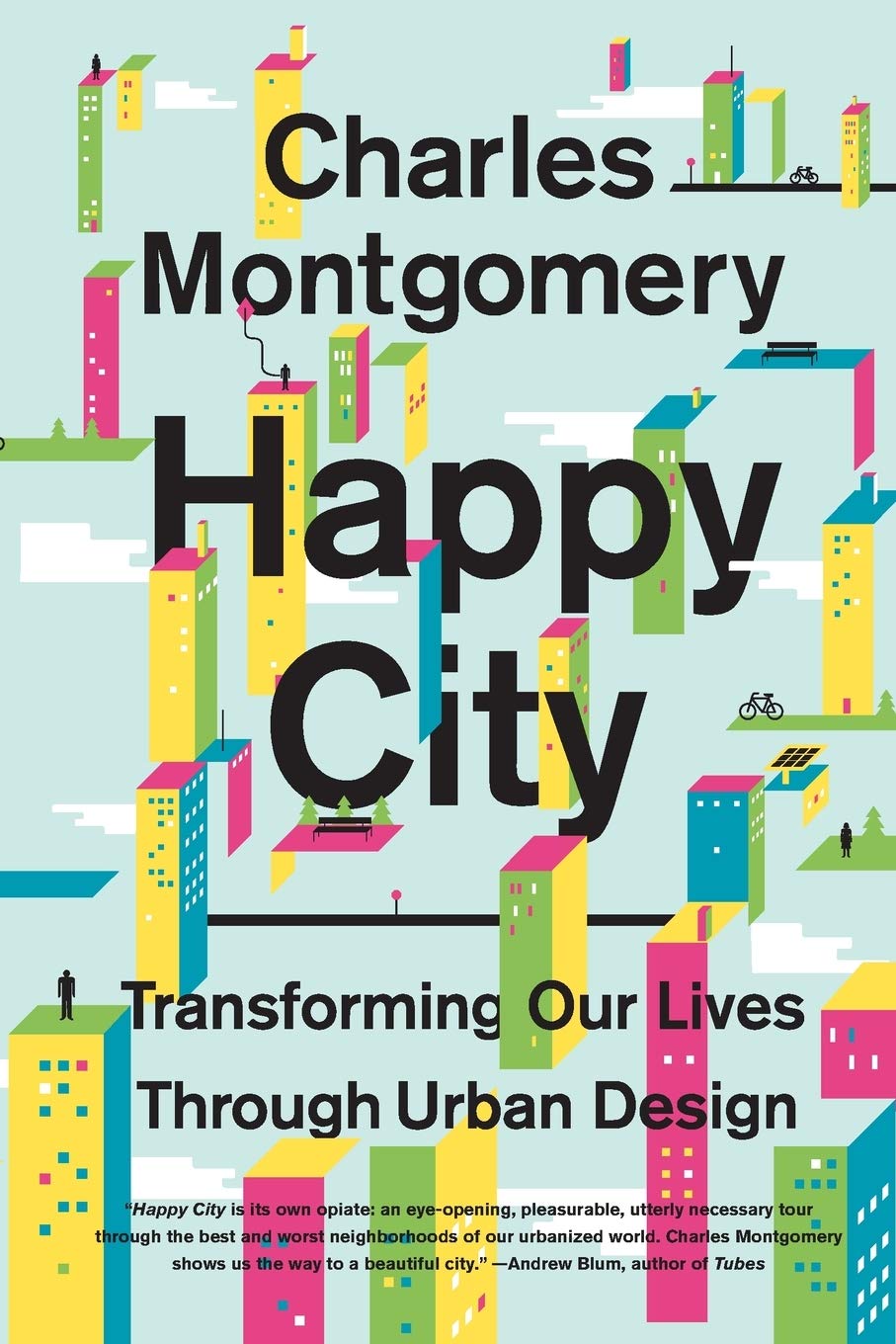 Happy City: Transforming Our Lives Through Urban Design by Charles MontgomeryThis is a vital book for city-builders. The way we design our cities has a major influence on our health, happiness, and well-being.
Happy City: Transforming Our Lives Through Urban Design by Charles MontgomeryThis is a vital book for city-builders. The way we design our cities has a major influence on our health, happiness, and well-being.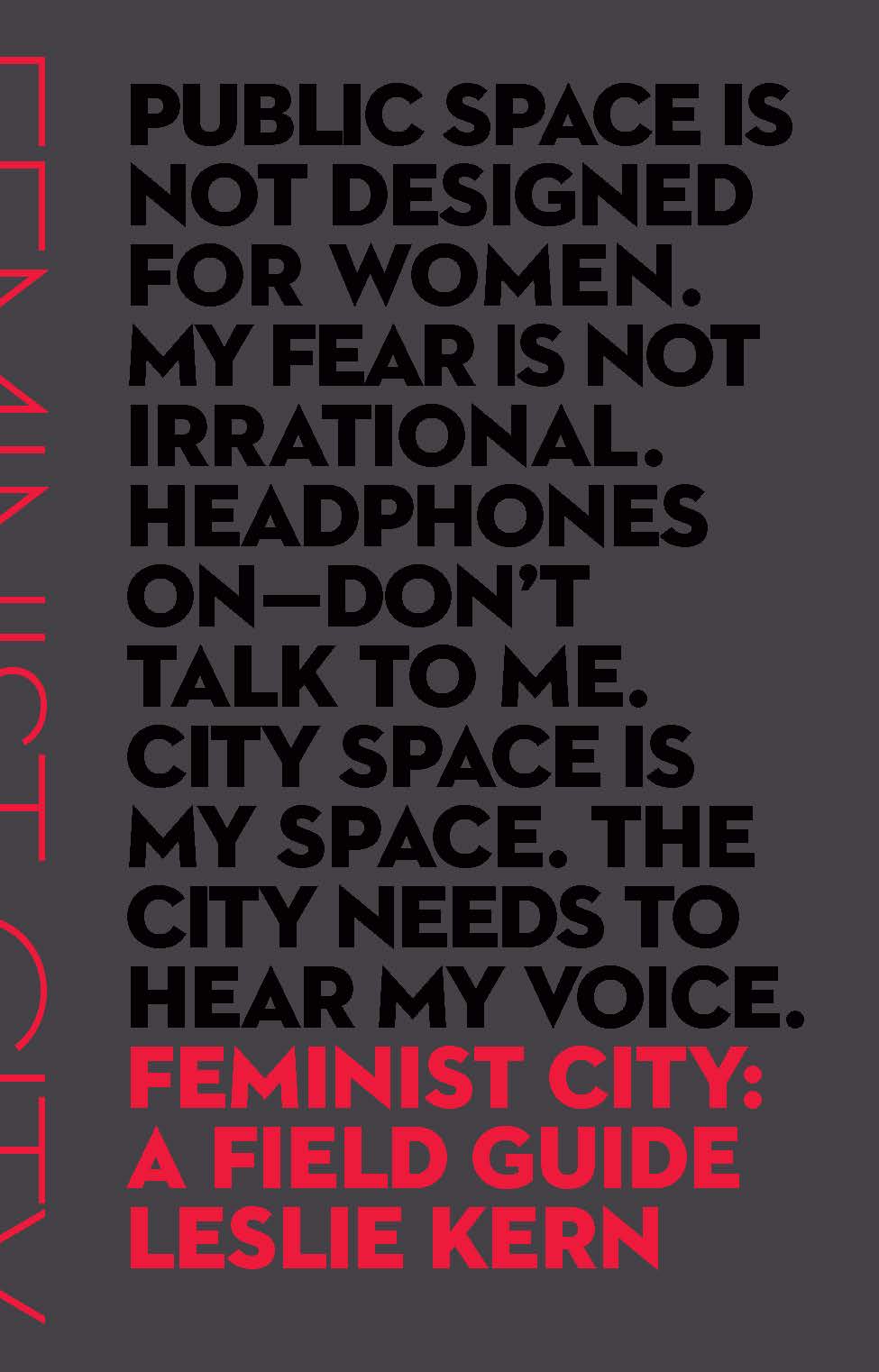 Feminist City: A Field Guide by Leslie KernCities are usually designed by men, with little consideration for the way women (especially low income women) use space or perceive public safety. From snow clearing to public transit, Kern explores how we can build a city that works for everyone.
Feminist City: A Field Guide by Leslie KernCities are usually designed by men, with little consideration for the way women (especially low income women) use space or perceive public safety. From snow clearing to public transit, Kern explores how we can build a city that works for everyone.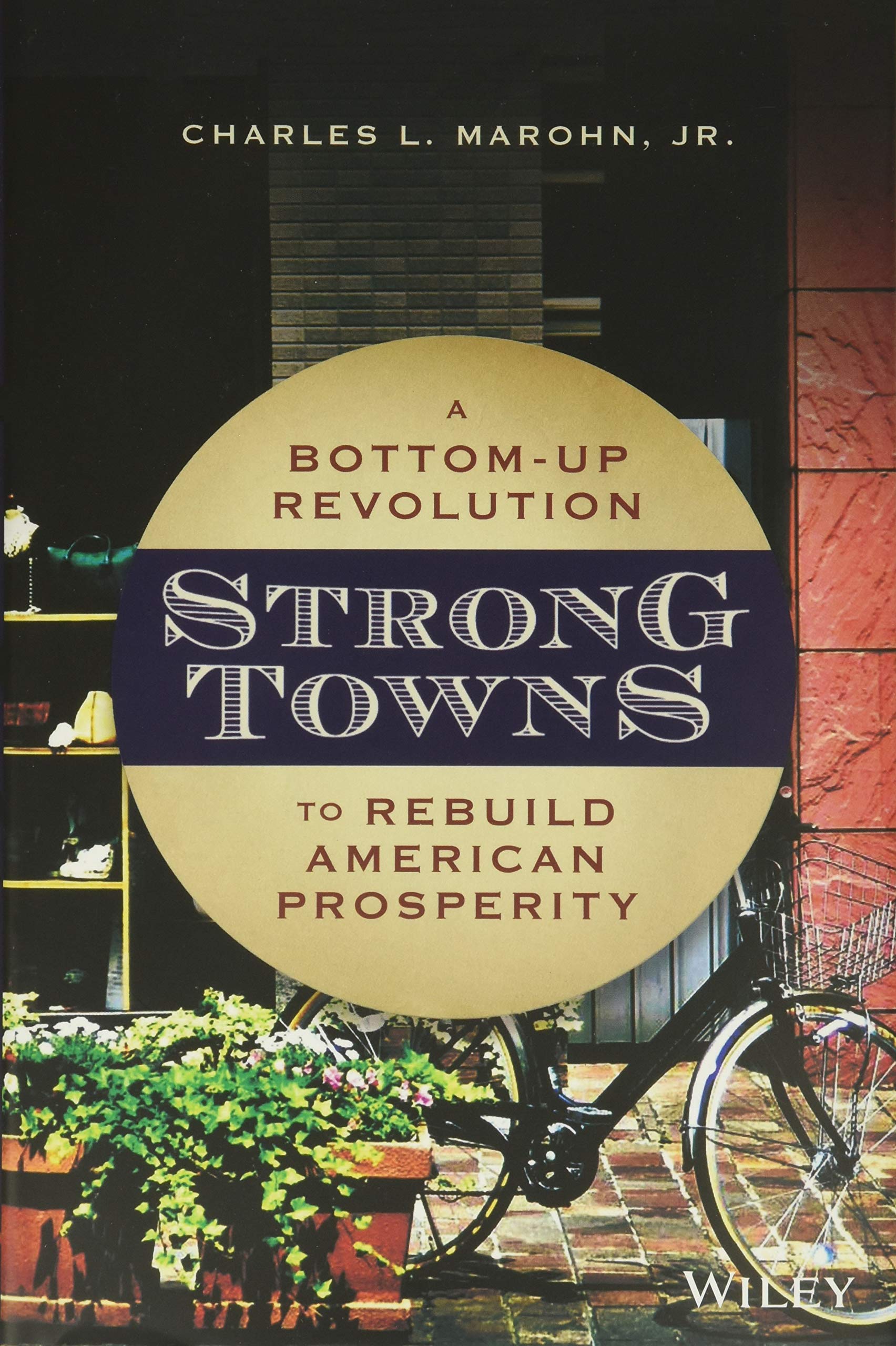 Strong Towns: A Bottom-up Revolution to Rebuild American Prosperity by Charles L. Marohn Jr.Holy doodle this is a gem of a book! Essential reading to help us rethink how to make our cities more livable, sustainable, and prosperous.
Strong Towns: A Bottom-up Revolution to Rebuild American Prosperity by Charles L. Marohn Jr.Holy doodle this is a gem of a book! Essential reading to help us rethink how to make our cities more livable, sustainable, and prosperous.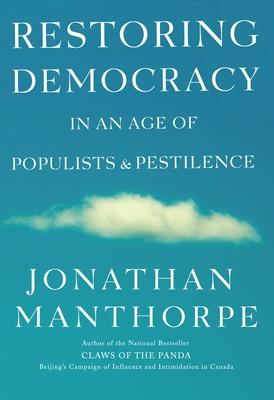 Restoring Democracy in an Age of Populists and Pestilence by Jonathan ManthorpeWith plummeting public trust in the institutions of democracy, and the quality of political discourse frequently reduced to name-calling, this hopeful book outlines the issues plaguing our democracies and how to get back on track.
Restoring Democracy in an Age of Populists and Pestilence by Jonathan ManthorpeWith plummeting public trust in the institutions of democracy, and the quality of political discourse frequently reduced to name-calling, this hopeful book outlines the issues plaguing our democracies and how to get back on track.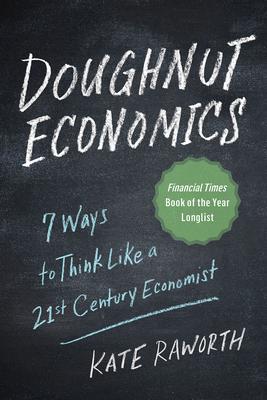 5 Doughnut Economics- Seven Ways to Think Like A 21st Century Economist by Kate RaworthRaworth has written an accessible and important book that reframes modern economics on how to live well without trashing the planet.
5 Doughnut Economics- Seven Ways to Think Like A 21st Century Economist by Kate RaworthRaworth has written an accessible and important book that reframes modern economics on how to live well without trashing the planet.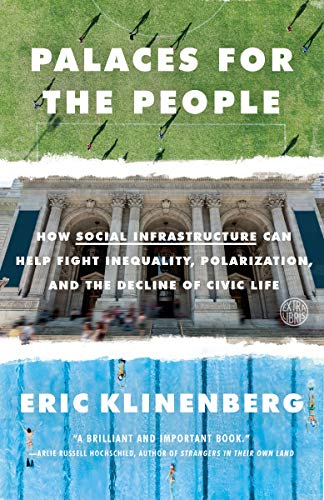 Palaces for the People: How Social Infrastructure Can Help Fight Inequality, Polarization, and the Decline of Civic Life by Eric KlinenbergI loved this book, and not just because Klinenberg thinks Calgary’s Central Library is gorgeous. He writes about how the public commons can help solve some of our more pressing societal issues, and how our shared values can be reflected in shared spaces: libraries, parks, community hubs.
Palaces for the People: How Social Infrastructure Can Help Fight Inequality, Polarization, and the Decline of Civic Life by Eric KlinenbergI loved this book, and not just because Klinenberg thinks Calgary’s Central Library is gorgeous. He writes about how the public commons can help solve some of our more pressing societal issues, and how our shared values can be reflected in shared spaces: libraries, parks, community hubs.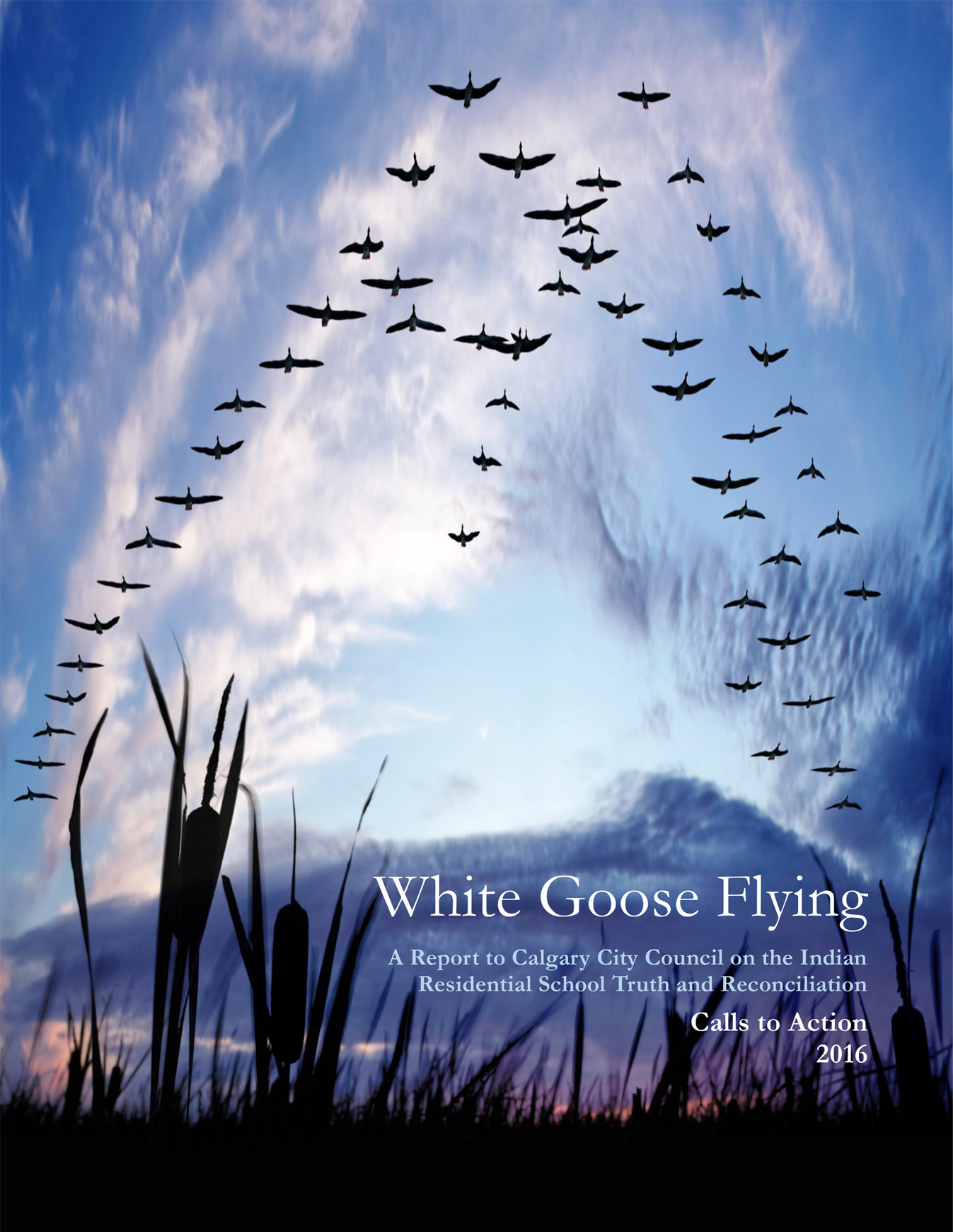 White Goose Flying Report: a Report to Calgary City Council on the Indian Residential School Truth and ReconciliationEssential reading for everyone who lives in Treaty Seven and who wants to understand the history of residential schools and the path to reconciliation and healing.
White Goose Flying Report: a Report to Calgary City Council on the Indian Residential School Truth and ReconciliationEssential reading for everyone who lives in Treaty Seven and who wants to understand the history of residential schools and the path to reconciliation and healing.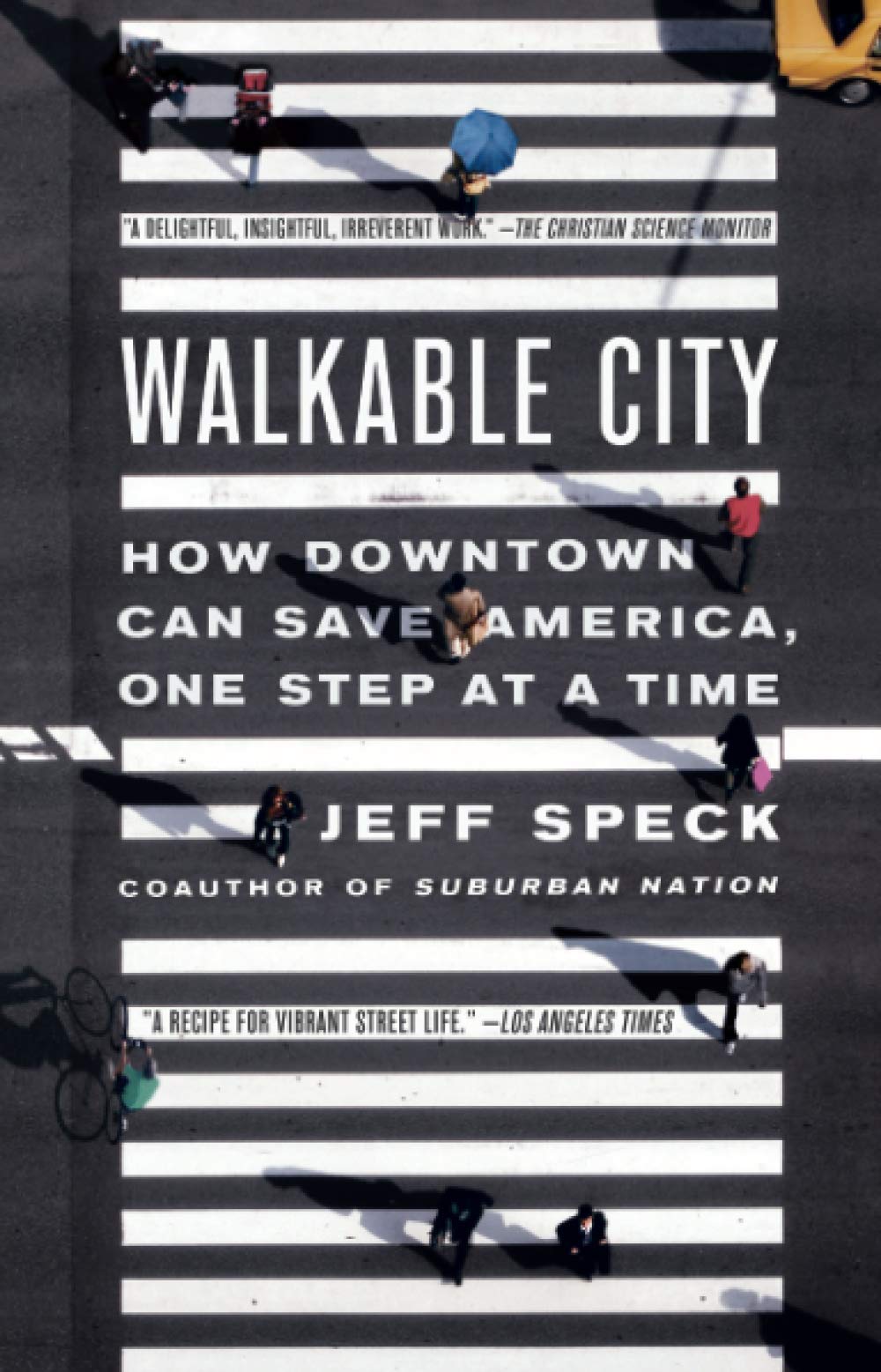 Walkable City: How Downtown Can Save America, One Step at a Time by Jeff SpeckSpeck’s book should be required reading for civic leaders, planners, environmentalists, business owners, those who work in public health, tourism, economic development, and anyone who is interested in thriving places. Using real examples, Speck lays out a practical and achievable vision of how to make the standard North American city walkable again.
Walkable City: How Downtown Can Save America, One Step at a Time by Jeff SpeckSpeck’s book should be required reading for civic leaders, planners, environmentalists, business owners, those who work in public health, tourism, economic development, and anyone who is interested in thriving places. Using real examples, Speck lays out a practical and achievable vision of how to make the standard North American city walkable again.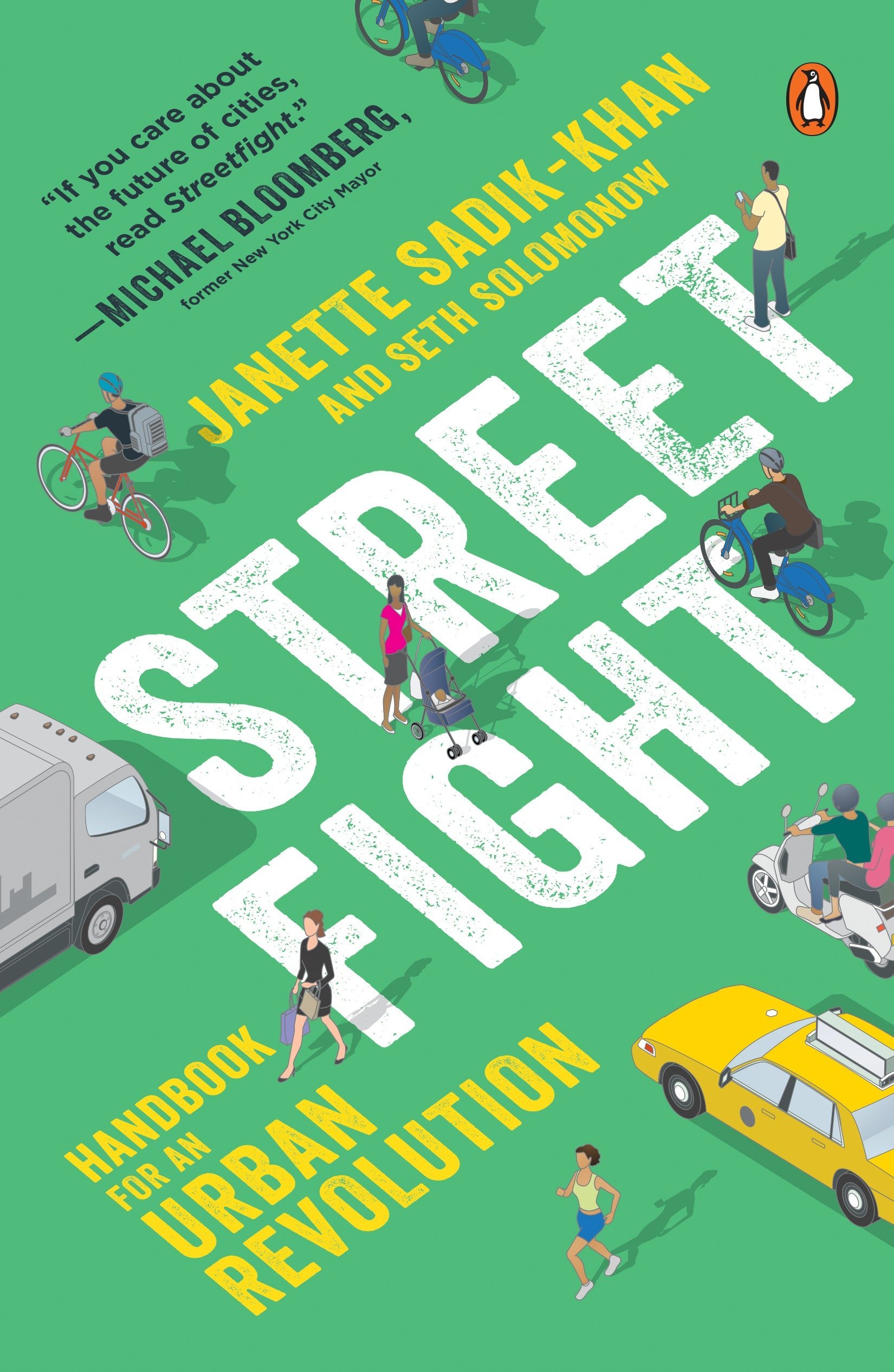 Streetfight: Handbook for an Urban Revolution by Janette Sadik-KhanJanette Sadik-Khan transformed New York, the city that coined the term “grid-lock” to make room for people to walk, bike, take transit, and enjoy public space. Sadik-Khan is somewhat of a legend because she accomplished the seemingly impossible, almost overnight, using temporary pilots to prove her point. In her book, she shares practical advice for any city that wants to make streets safer, more prosperous, and more vibrant.
Streetfight: Handbook for an Urban Revolution by Janette Sadik-KhanJanette Sadik-Khan transformed New York, the city that coined the term “grid-lock” to make room for people to walk, bike, take transit, and enjoy public space. Sadik-Khan is somewhat of a legend because she accomplished the seemingly impossible, almost overnight, using temporary pilots to prove her point. In her book, she shares practical advice for any city that wants to make streets safer, more prosperous, and more vibrant.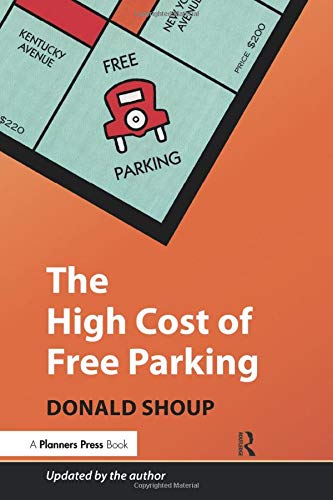 High Cost of Free Parking by Donald ShoupI know an 800-page tome on parking doesn’t sound like a page-turner, and only data-geeks will truly enjoy it (I almost chewed off my arm), but Shoup explains in detail how North American parking policy is one of the most insidious and perverse influences on city functions. It’s important, but a slog, so there’s a good one-hour video on-line instead.
High Cost of Free Parking by Donald ShoupI know an 800-page tome on parking doesn’t sound like a page-turner, and only data-geeks will truly enjoy it (I almost chewed off my arm), but Shoup explains in detail how North American parking policy is one of the most insidious and perverse influences on city functions. It’s important, but a slog, so there’s a good one-hour video on-line instead.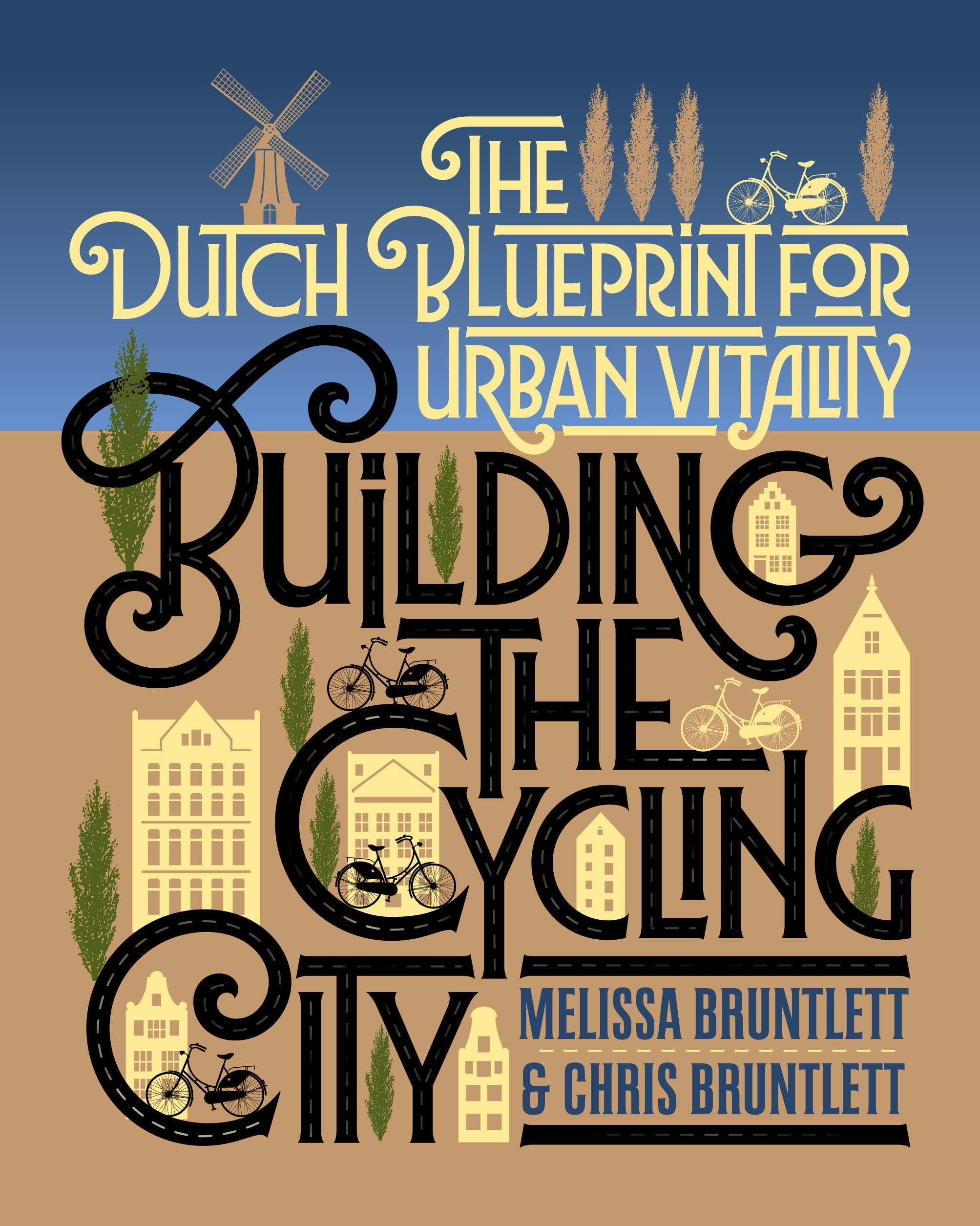 Building the Cycling City by Melissa Bruntlett and Chris BruntlettThis is a delightful book, and not because I’m quoted extensively. Originally from Vancouver, now living in the Netherlands, the Bruntletts share the triumphs and challenges of the Netherlands cycling transformation and stories from North American cities.
Building the Cycling City by Melissa Bruntlett and Chris BruntlettThis is a delightful book, and not because I’m quoted extensively. Originally from Vancouver, now living in the Netherlands, the Bruntletts share the triumphs and challenges of the Netherlands cycling transformation and stories from North American cities.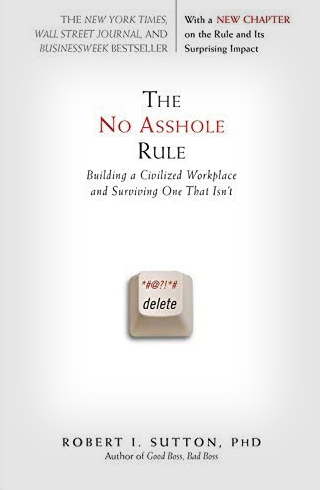 The No Asshole Rule by Robert I. SuttonThis book, given to me by my former colleague Alderman Bob Hawkesworth during the whole Peace Bridge thang, grew from an article in the Harvard Business Review. It’s the definitive guide “to working with — and surviving — bullies, creeps, jerks, tyrants, tormentors, despots, backstabbers, egomaniacs, and all the other assholes who do their best to destroy you at work.”
The No Asshole Rule by Robert I. SuttonThis book, given to me by my former colleague Alderman Bob Hawkesworth during the whole Peace Bridge thang, grew from an article in the Harvard Business Review. It’s the definitive guide “to working with — and surviving — bullies, creeps, jerks, tyrants, tormentors, despots, backstabbers, egomaniacs, and all the other assholes who do their best to destroy you at work.”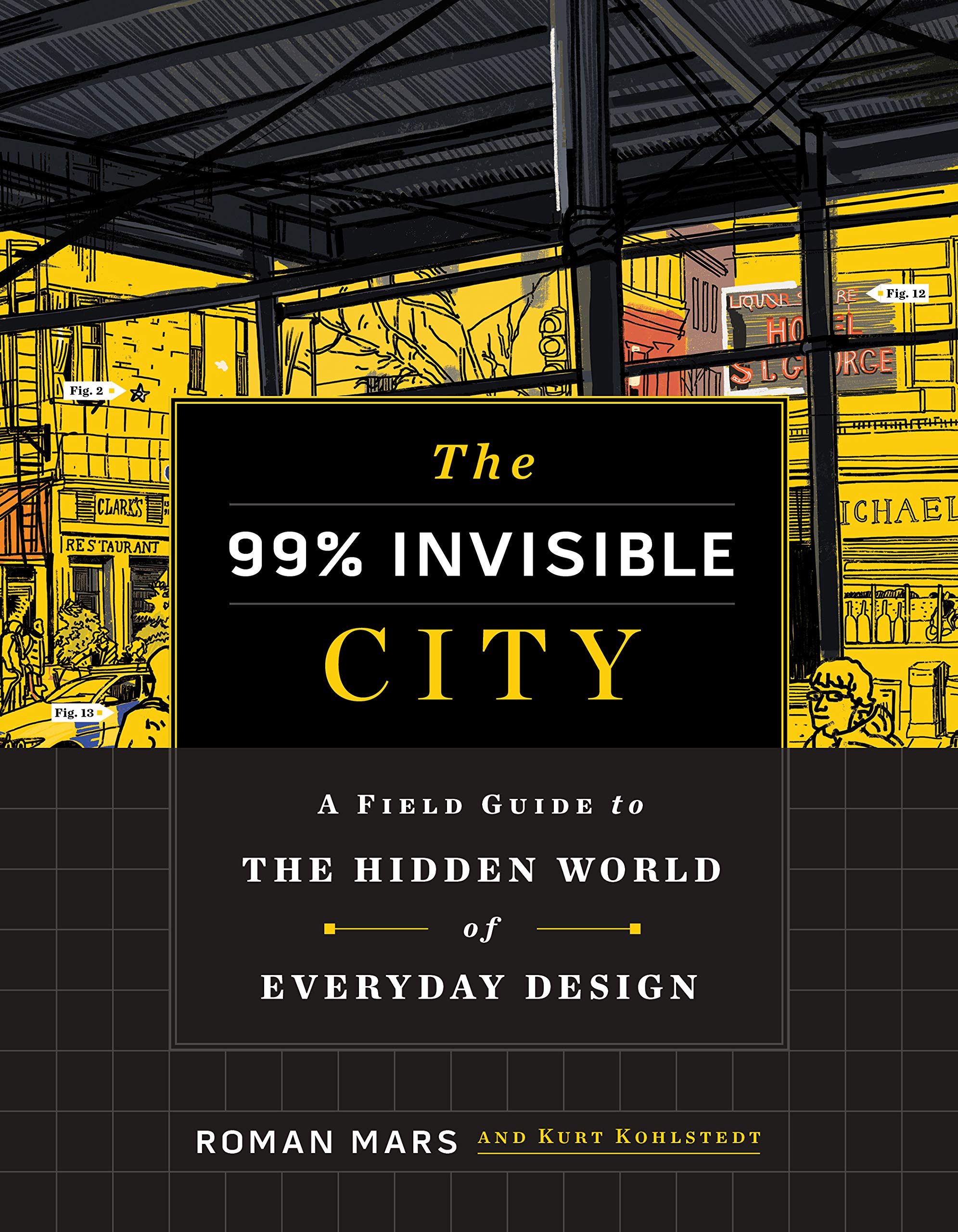 The 99% Invisible City: A Field Guide to the Hidden World of Everyday Design by Roman MarsThere is so much that we take for granted when it comes to our cities. If you’re curious about the fascinating details of a functioning city, this book is for you. Explore the history behind the seemingly commonplace and mundane, and you’ll never look at cities the same way again.
The 99% Invisible City: A Field Guide to the Hidden World of Everyday Design by Roman MarsThere is so much that we take for granted when it comes to our cities. If you’re curious about the fascinating details of a functioning city, this book is for you. Explore the history behind the seemingly commonplace and mundane, and you’ll never look at cities the same way again.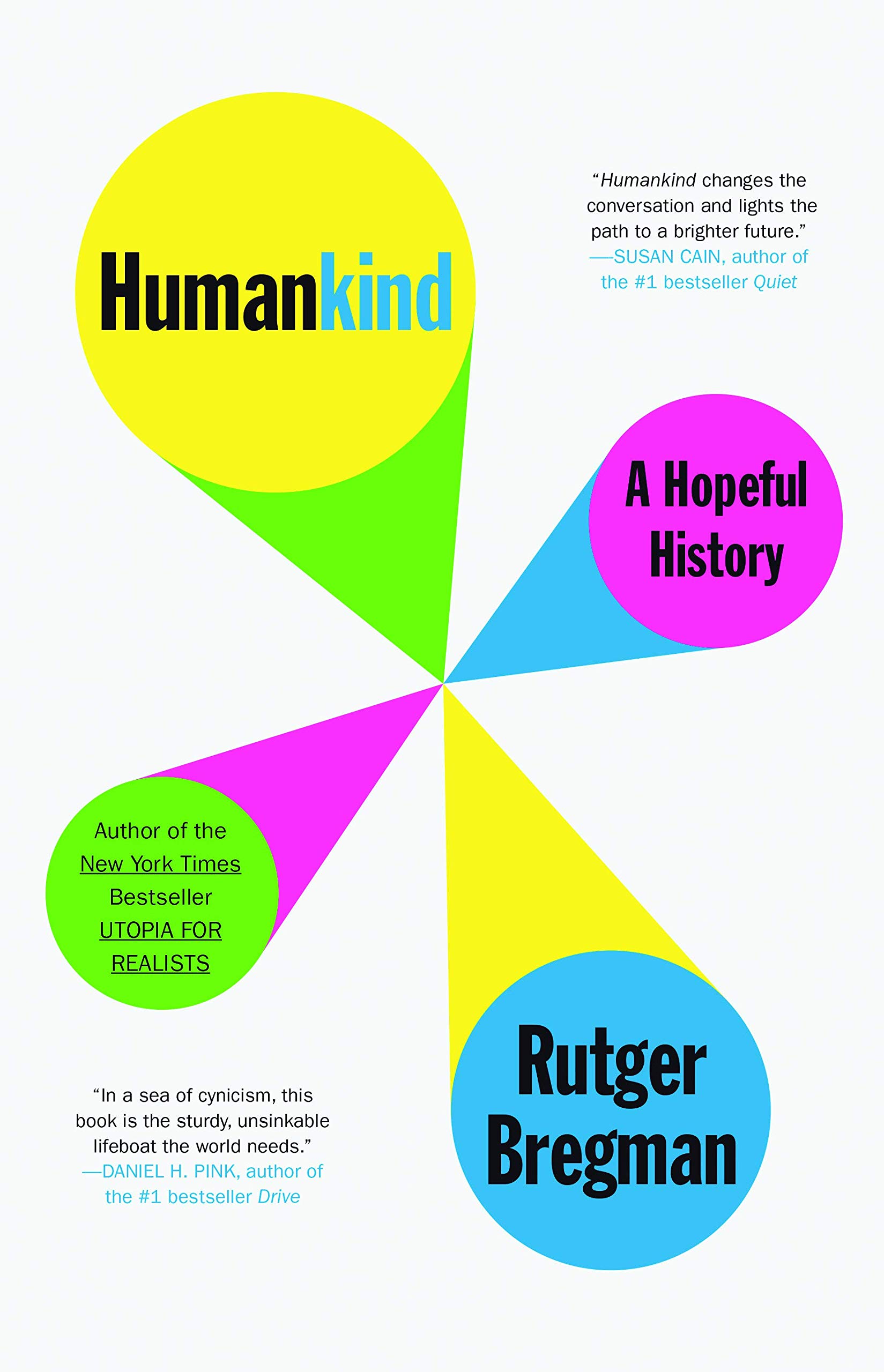 Humankind: A Hopeful History by Rutger BregmanOh boy, this book couldn’t have come at a more perfect time. Bregman upends the cynical view that people are inherently venal, and shows us how to build a kinder world and a brighter future. Also recommend Bregman’s Utopia for Realists.
Humankind: A Hopeful History by Rutger BregmanOh boy, this book couldn’t have come at a more perfect time. Bregman upends the cynical view that people are inherently venal, and shows us how to build a kinder world and a brighter future. Also recommend Bregman’s Utopia for Realists.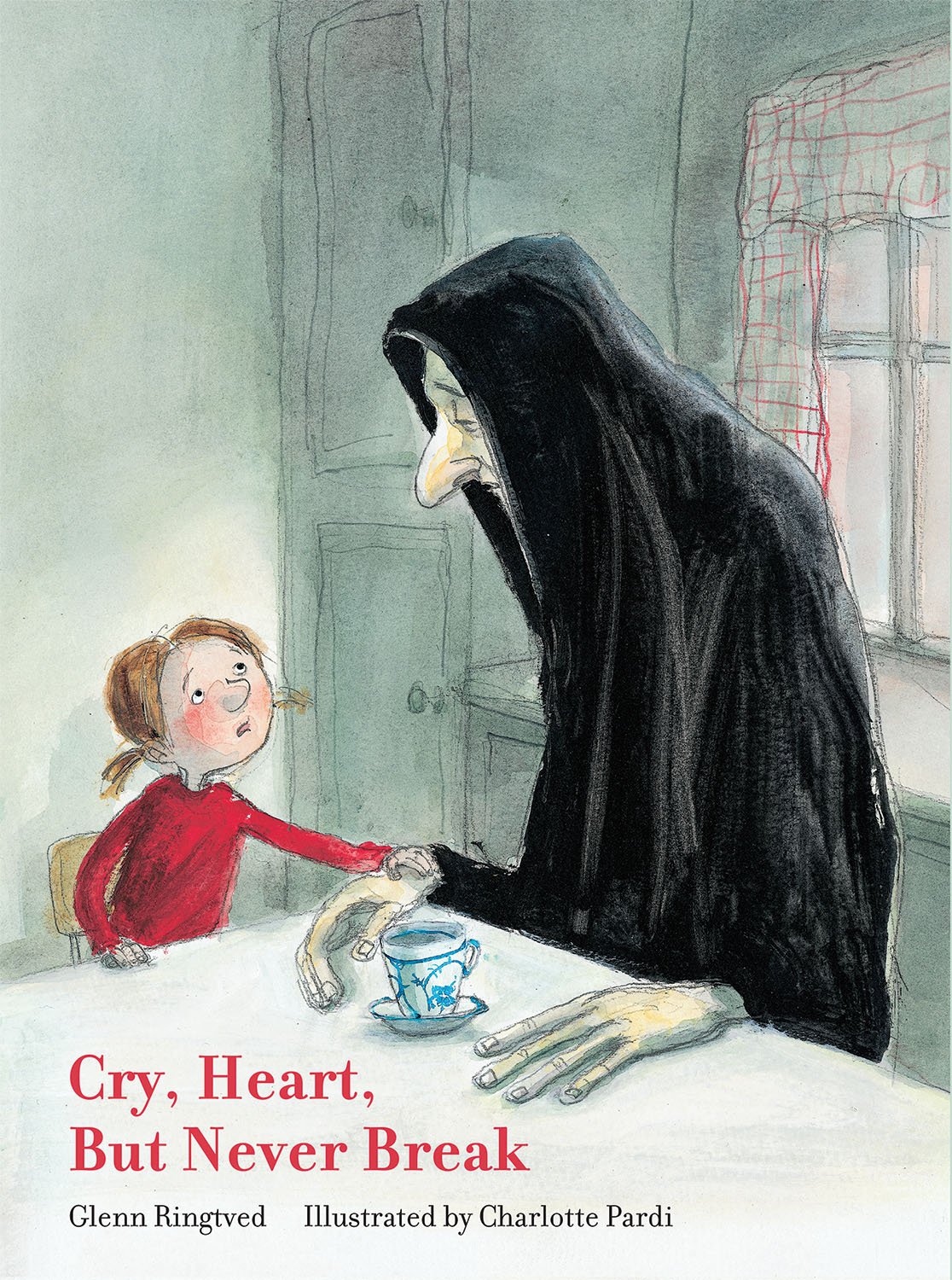 Cry, Heart, But Never Break by Glenn RingtvedI think we’re all feeling a sense of grief and loss this year. This beautifully illustrated children’s book is a wise reflection on sorrow and joy.
Cry, Heart, But Never Break by Glenn RingtvedI think we’re all feeling a sense of grief and loss this year. This beautifully illustrated children’s book is a wise reflection on sorrow and joy.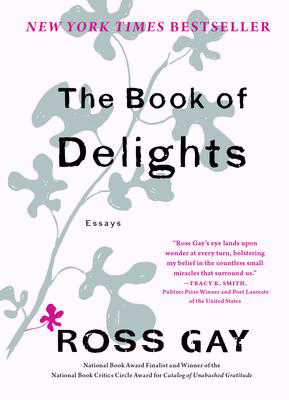 The Book of Delights by Ross GayThis book of short essays, reminding us of the simple joy of noticing and celebrating small wonders, is a tonic for the soul. “I felt my life to be more full of delight. Not without sorrow or fear or pain or loss. But more full of delight. I also learned this year, that my delight grows — much like love and joy — when I share it."
The Book of Delights by Ross GayThis book of short essays, reminding us of the simple joy of noticing and celebrating small wonders, is a tonic for the soul. “I felt my life to be more full of delight. Not without sorrow or fear or pain or loss. But more full of delight. I also learned this year, that my delight grows — much like love and joy — when I share it."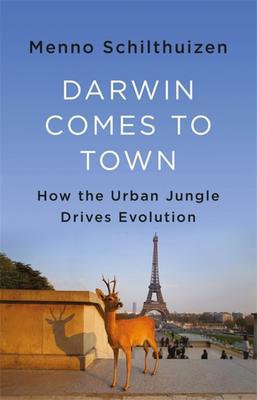 Darwin Comes to Town: How the Urban Jungle Drives Evolution by Menno SchilthuizenCheer up everyone! Schilthuizen draws on real examples of urban evolution and adaptation (e.g. crows using traffic to crack nuts) to show that humans and wildlife can co-exist in harmony. This book will make you notice the nature that surrounds us, while providing a glimmer of hope.
Darwin Comes to Town: How the Urban Jungle Drives Evolution by Menno SchilthuizenCheer up everyone! Schilthuizen draws on real examples of urban evolution and adaptation (e.g. crows using traffic to crack nuts) to show that humans and wildlife can co-exist in harmony. This book will make you notice the nature that surrounds us, while providing a glimmer of hope.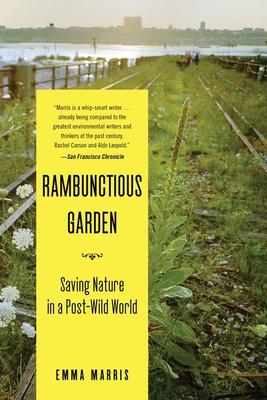 Rambunctious Garden: Saving Nature in a Post-Wild World by Emma MarrisThere are few truly wild places left in the world so we must find ways to live with the surviving species around us. Marris describes innovative conservation approaches. Rambunctious is a controversial book that has its fans and detractors. I’m somewhere in between. There are some lessons here that can help cities become ecological havens.
Rambunctious Garden: Saving Nature in a Post-Wild World by Emma MarrisThere are few truly wild places left in the world so we must find ways to live with the surviving species around us. Marris describes innovative conservation approaches. Rambunctious is a controversial book that has its fans and detractors. I’m somewhere in between. There are some lessons here that can help cities become ecological havens.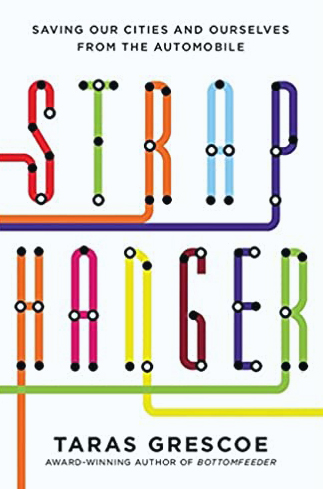 Straphanger — Saving Our Cities and Ourselves from the Automobile by Taras GrescoeCities that care about equity, climate action, and poverty reduction, care about public transit. Grescoe explores the growing number of people, especially youth, who rely on public transportation to go about their daily lives, and shares ideas from around the globe on how to create convenient, affordable, and sustainable urban transportation for everyone.
Straphanger — Saving Our Cities and Ourselves from the Automobile by Taras GrescoeCities that care about equity, climate action, and poverty reduction, care about public transit. Grescoe explores the growing number of people, especially youth, who rely on public transportation to go about their daily lives, and shares ideas from around the globe on how to create convenient, affordable, and sustainable urban transportation for everyone.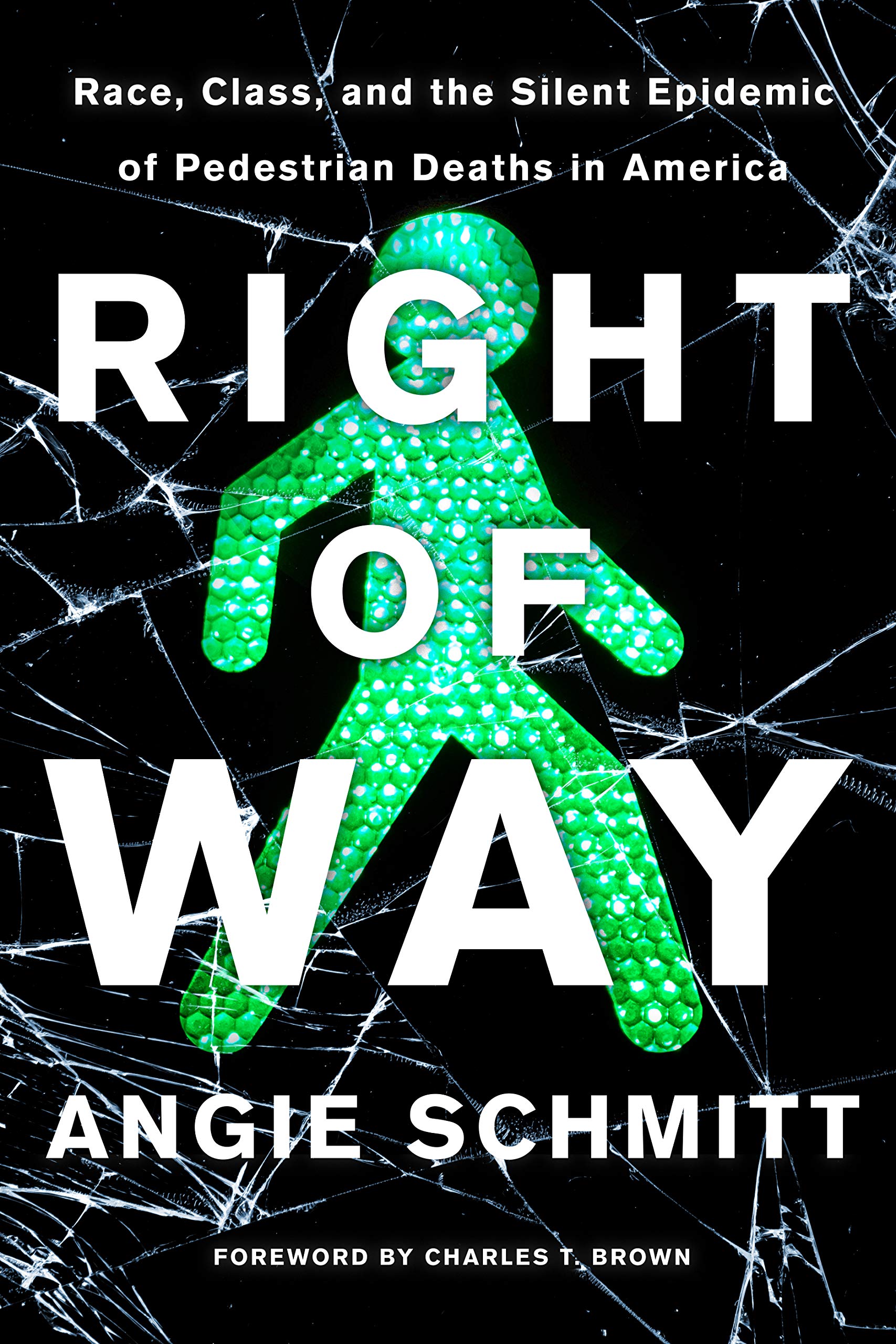 Right of Way: Race, Class, and the Silent Epidemic of Pedestrian Deaths in America by Angie SchmittThe tragedy and perversity of traffic violence has become a normalized part of city life that rarely gets the attention it deserves. In the US, victims are disproportionately immigrants, people living in poverty, and people of colour. Schmitt challenges us to think about race and poverty in city-building and to demand safer cities where no one is expendable.
Right of Way: Race, Class, and the Silent Epidemic of Pedestrian Deaths in America by Angie SchmittThe tragedy and perversity of traffic violence has become a normalized part of city life that rarely gets the attention it deserves. In the US, victims are disproportionately immigrants, people living in poverty, and people of colour. Schmitt challenges us to think about race and poverty in city-building and to demand safer cities where no one is expendable.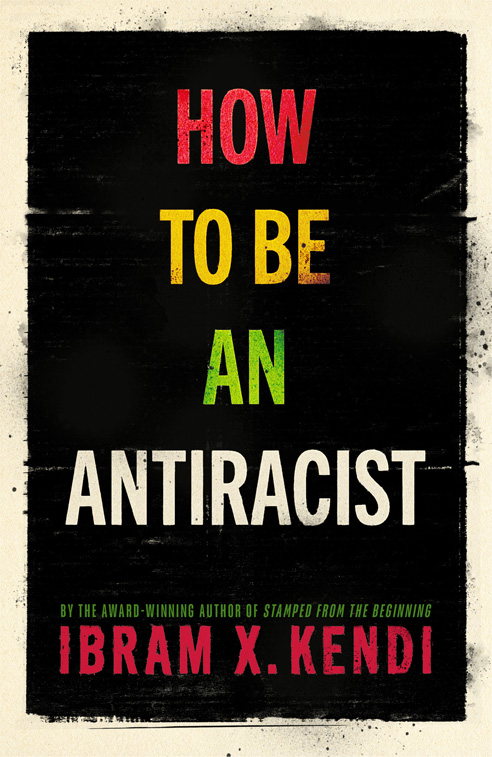 How to Be an Antiracist by Ibram X. KendiAfter sitting through three days of testimony from BIPOC Calgarians (Black, Indigenous, and People of Colour) on their experiences of racism in Calgary, I had a completely different perspective of my beloved city. I vowed to become actively anti-racist, starting with self-reflection, understanding our systems better, and moving to uprooting racism and inequality.
How to Be an Antiracist by Ibram X. KendiAfter sitting through three days of testimony from BIPOC Calgarians (Black, Indigenous, and People of Colour) on their experiences of racism in Calgary, I had a completely different perspective of my beloved city. I vowed to become actively anti-racist, starting with self-reflection, understanding our systems better, and moving to uprooting racism and inequality.
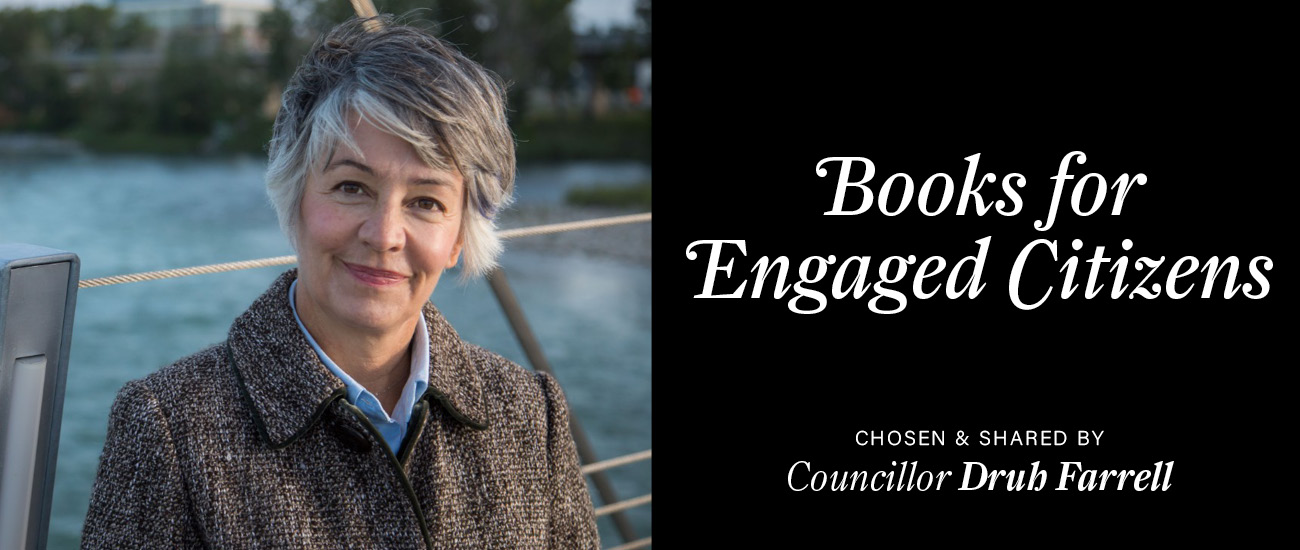
This fall’s municipal election has us thinking about how YYC should move forward as a city, and what kind of city we want. Who better to ask about their favourite books about city building, city design, and urban renewal than Ward 7 Councillor Druh Farrell? Here are twenty of her favourite book suggestions for engaged citizens.
“Dear Readers: Cities are a work in progress as well as a labour of love. I put together a list of books that have improved my understanding of how cities work and that will help us all prepare for a changing world. I had a heck of a time choosing. I hope they generate a lot of lively discussion.”
About Druh Farrell:
A born and raised Calgarian, Druh Farrell brings a depth of experience to Calgary City Council. As a champion of livable neighbourhoods, accessible public transit, and sustainable, fiscally responsible development, she combines long-term vision with the tenacity and courage to get things done. Some of her many accomplishments during her five terms representing Ward 7 include Chairing the New Central Library Committee responsible for the iconic Calgary Central Library; working with City Administration to realize The City of Calgary’s award-winning Climate Strategy; and advocating for arts, culture, and infrastructure projects such as the Peace Bridge and the East Village revitalization plan.
